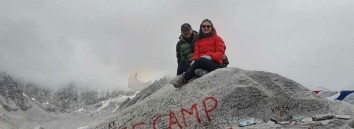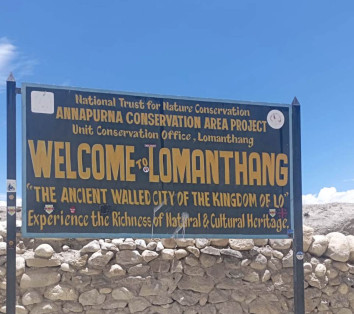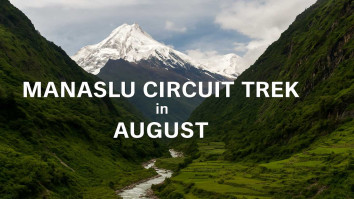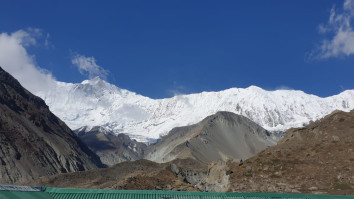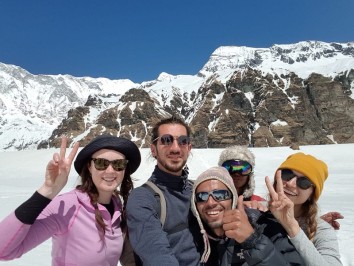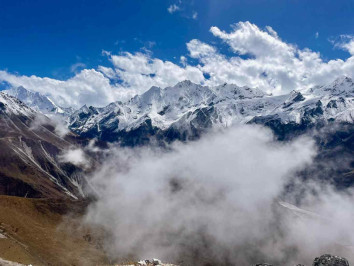Swayambhunath Stupa: Explore Kathmandu's Iconic Monkey Temple in Nepal
.jpg)
17th Jan, 2024
- annapurnaencounter
Overview of Swayambhunath Stupa
Swayambhunath Stupa, also known as the Monkey Temple, is one of the oldest and most revered religious sites in Nepal. Perched on a hill in the western part of the Kathmandu Valley, this UNESCO World Heritage Site offers breathtaking views of the city below. Surrounded by numerous temples, shrines, and religious artifacts, it is a sacred site for both Buddhists and Hindus.
Table of Contents
At the heart of Swayambhunath is a magnificent white stupa with a golden spire, adorned with the all-seeing eyes of Buddha. These iconic eyes, symbolizing wisdom and compassion, make Swayambhunath one of the most recognized landmarks in Nepal.
Legends and History of Swayambhunath
The history of Swayambhunath Stupa is deeply rooted in myth and legend. According to ancient stories, the Kathmandu Valley was once a vast lake. It is believed that Bodhisattva Manjushri discovered a glowing lotus in the center of the lake, emanating brilliant light. He carved a channel in the southern hills to drain the water, revealing the valley where people settled. The hilltop where the lotus stood became the sacred site of Swayambhunath, or "the self-existing one."
Monkeys at Swayambhunath
Often referred to as the Monkey Temple, Swayambhunath is home to many monkeys, considered sacred in both Buddhist and Hindu traditions. Visitors should be mindful of their presence and avoid feeding or touching them, as this can lead to aggressive behavior. Always keep food secured to prevent attracting them unnecessarily.
The Eye of Wisdom
The all-seeing eyes of Buddha, also known as the Eye of Wisdom, are the defining feature of Swayambhunath Stupa. These symbolic eyes, painted on all four sides of the stupa, represent Buddha's omnipresent wisdom and compassion. The nose-like structure below the eyes is the Nepali numeral for "1," symbolizing unity.
Why Visit Swayambhunath Stupa?
A visit to Swayambhunath Stupa is a journey into Nepal’s rich spiritual heritage. Whether it’s climbing the 365 stone steps to reach the stupa, spinning the prayer wheels, or simply soaking in the peaceful ambiance, this sacred site offers something for everyone. The Swayambhunath Temple complex also provides panoramic views of Kathmandu, making it a perfect destination for cultural exploration.
Frequently Asked Questions About Swayambhunath Stupa
What is Swayambhunath?
Swayambhunath is a sacred Buddhist stupa located on a hilltop in the Kathmandu Valley, Nepal. It is also known as the Monkey Temple due to the presence of sacred monkeys in the area.
How old is Swayambhunath Stupa?
Swayambhunath is one of the oldest religious sites in Nepal, believed to have been established more than 2,000 years ago.
What is the significance of the Eye of Wisdom?
The Eye of Wisdom symbolizes the Buddha’s omniscience, representing wisdom, compassion, and unity.
Where is Swayambhunath Stupa located?
Swayambhunath Stupa is situated on a hill in the western part of Kathmandu, Nepal.
Plan Your Visit to Swayambhunath Stupa
Whether you’re drawn by the historical significance, stunning architecture, or spiritual energy of the Swayambhunath Temple, this iconic landmark is a must-visit destination for travelers exploring Nepal.
Recent From Travel Guide
.jpg)
18th Jan, 2023
_11zon.jpg)
18th Jan, 2023

18th Jan, 2023

18th Jan, 2023

8th Dec, 2023
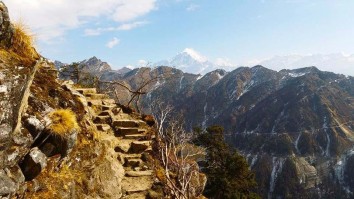
9th Dec, 2023
.jpg)
11th Feb, 2025
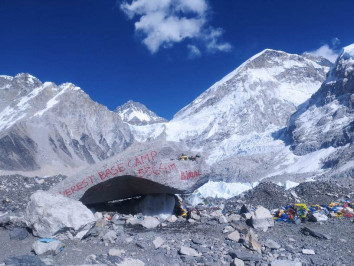
13th Dec, 2023
_11zon.jpg)
18th Dec, 2023
.jpg)
2nd Jan, 2024
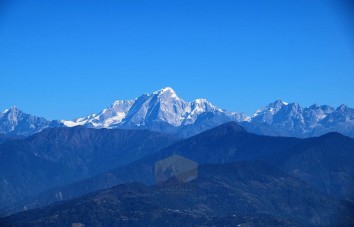
3rd Jan, 2024
_11zon.jpg)
23rd Jun, 2025

24th Jan, 2024
.jpg)
30th Jan, 2024

4th Feb, 2024

5th Feb, 2024
-4.jpg)
6th Feb, 2024

12th Feb, 2024
_11zon.jpg)
18th Feb, 2024
-1.jpg)
7th Mar, 2024

12th Mar, 2024
.jpg)
13th Mar, 2024

20th Mar, 2024

26th Mar, 2024

14th Jan, 2025

14th Jan, 2025

16th Jan, 2025

18th Jan, 2025

20th Jan, 2025

24th Jan, 2025

5th Feb, 2025

5th Feb, 2025

9th Feb, 2025

14th Mar, 2025
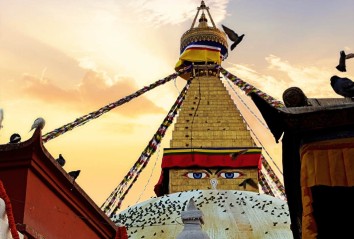
3rd Apr, 2025
.jpg)
11th Apr, 2025

16th Apr, 2025
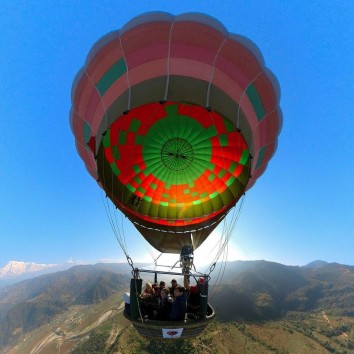
20th Apr, 2025
.jpg)
27th May, 2025
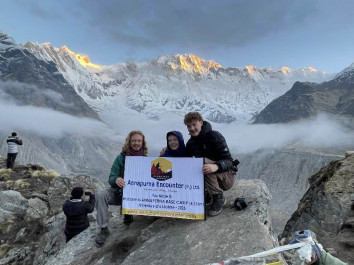
14th Jun, 2025

15th Jun, 2025

17th Jun, 2025
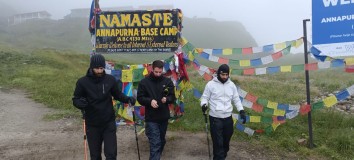
18th Jun, 2025
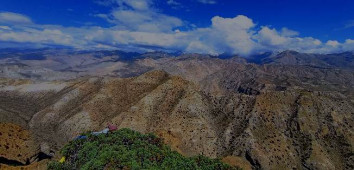
19th Jun, 2025

23rd Jun, 2025

24th Jul, 2025


.jpg)


.jpg)
_11zon.jpg)

.jpg)
.jpg)

.png)


.jpg)
.jpg)
-1.jpg)
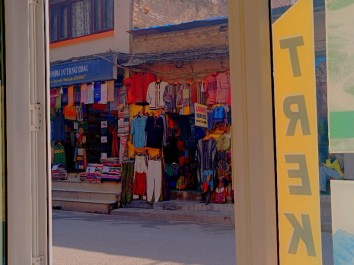

.jpg)
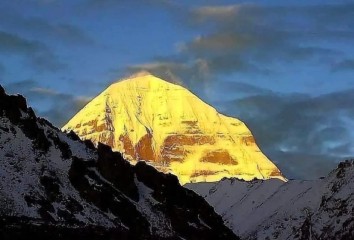
-1.jpg)
